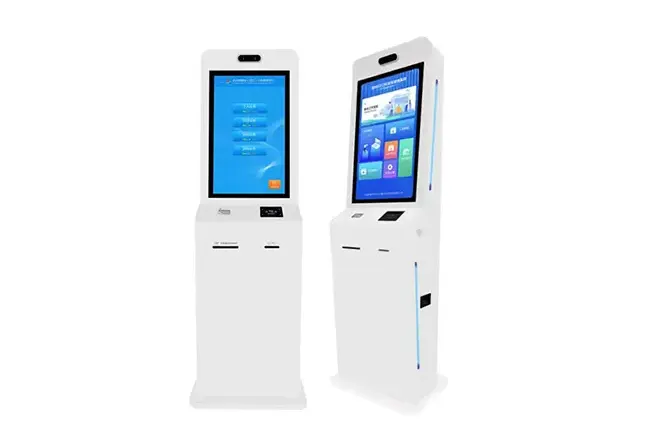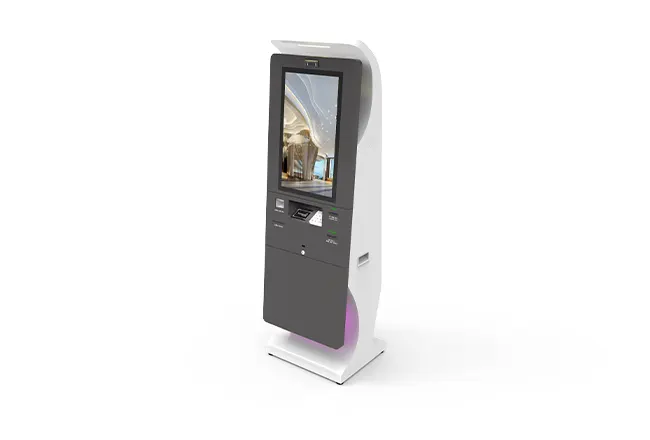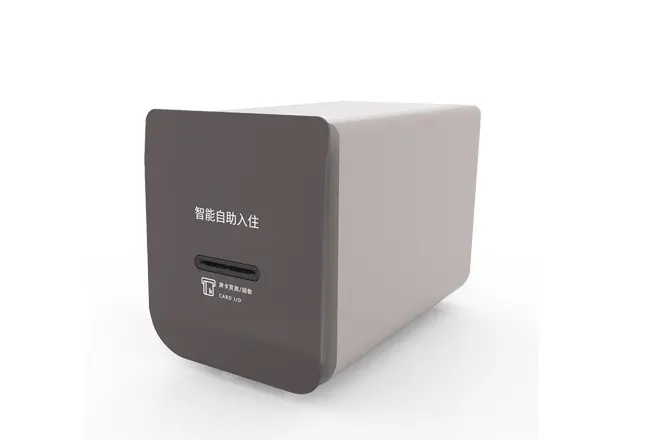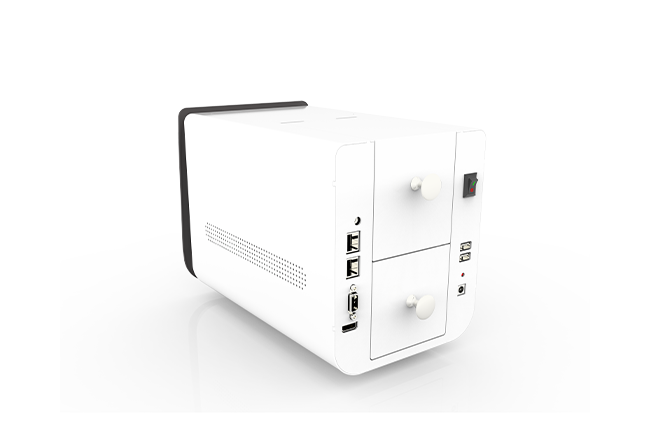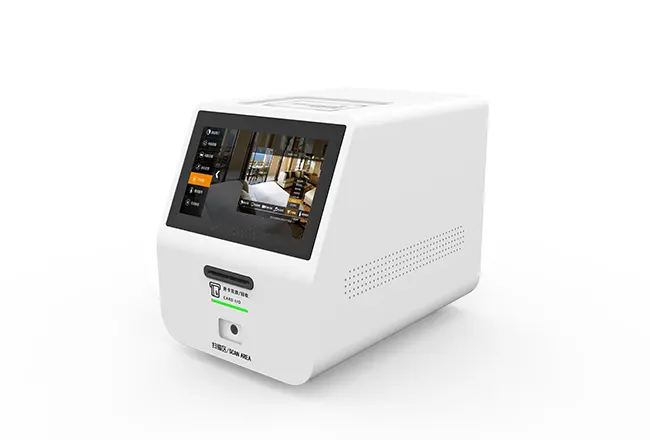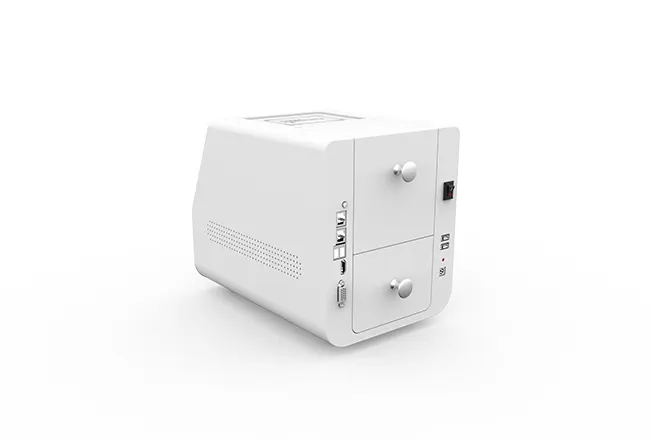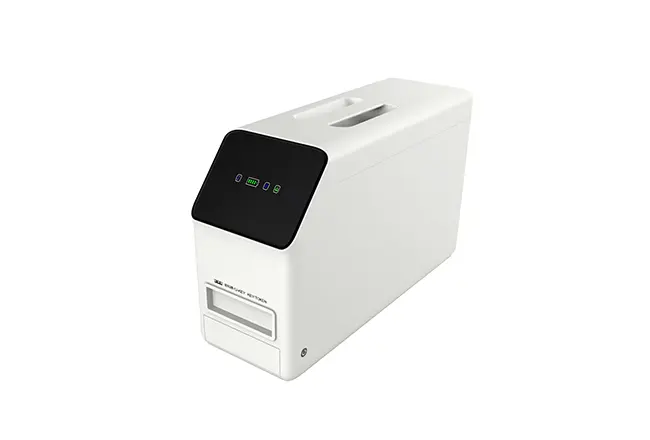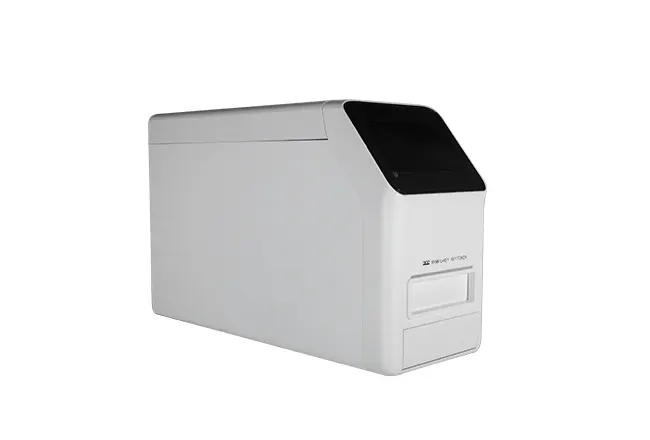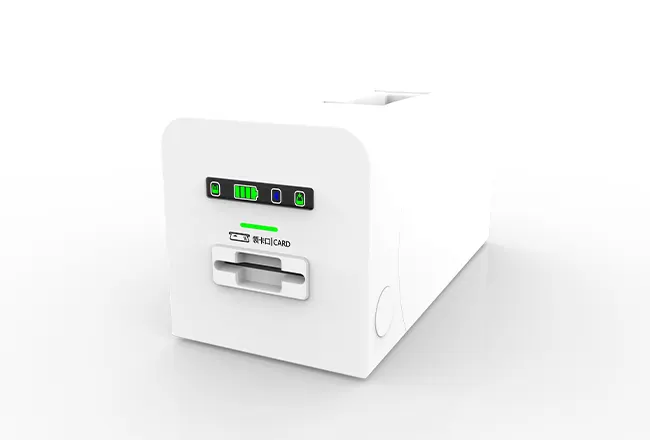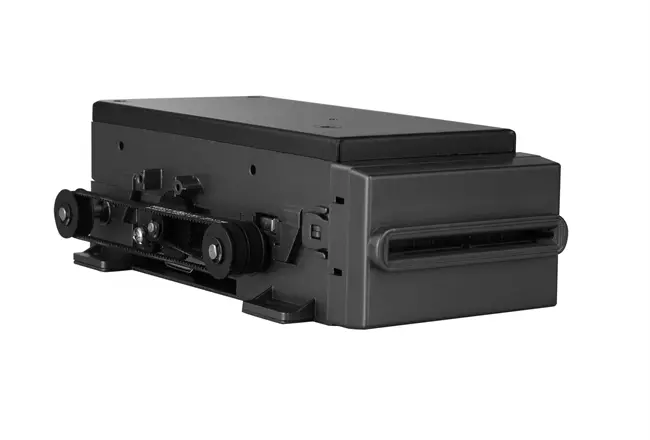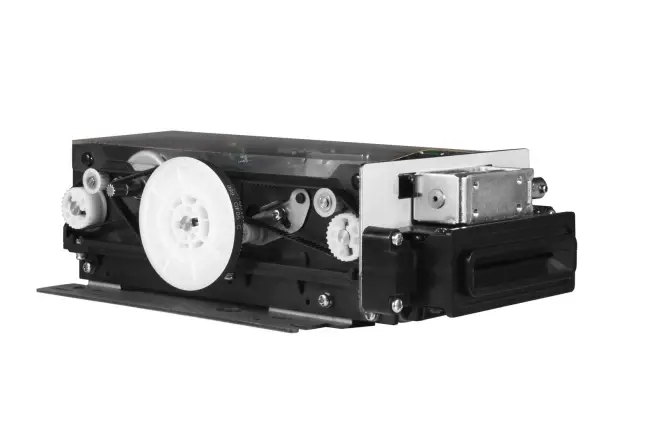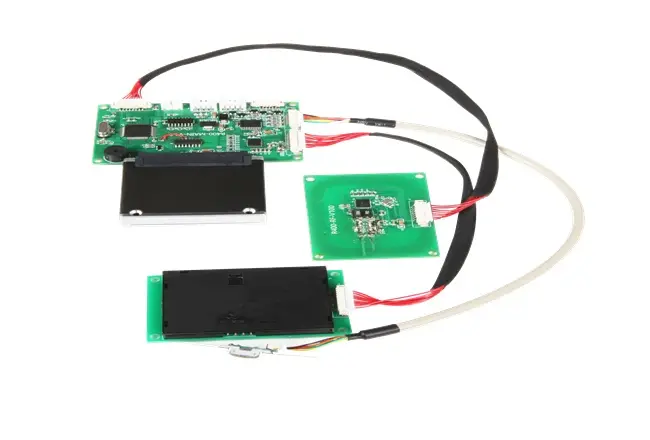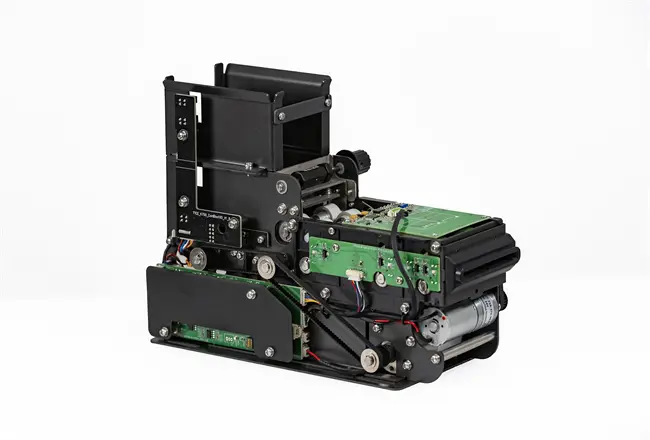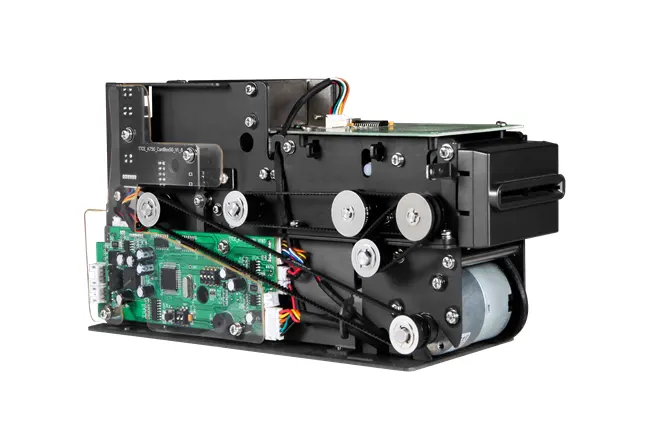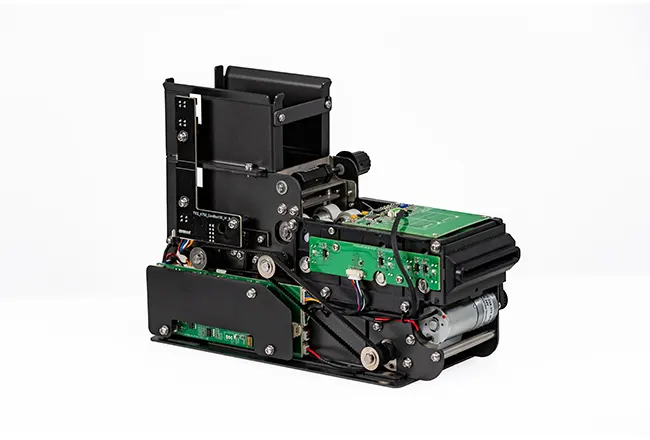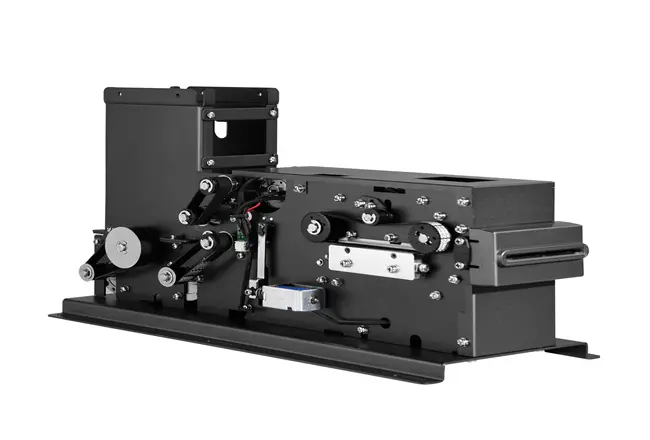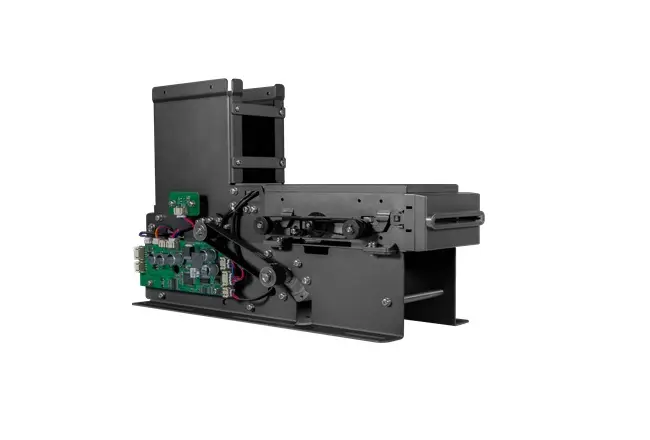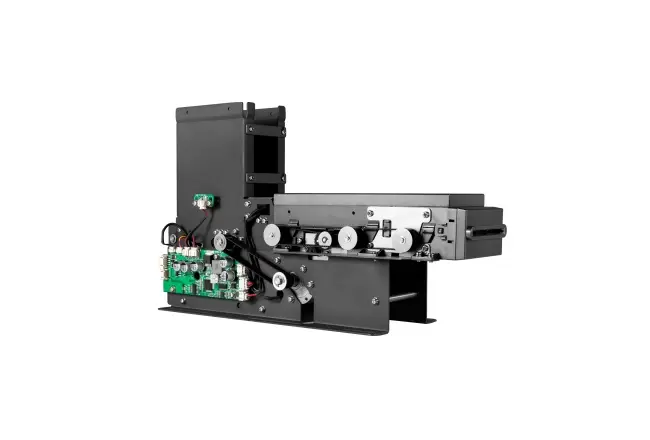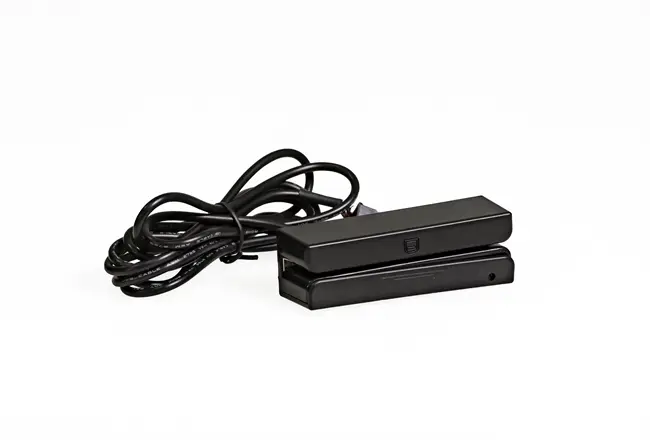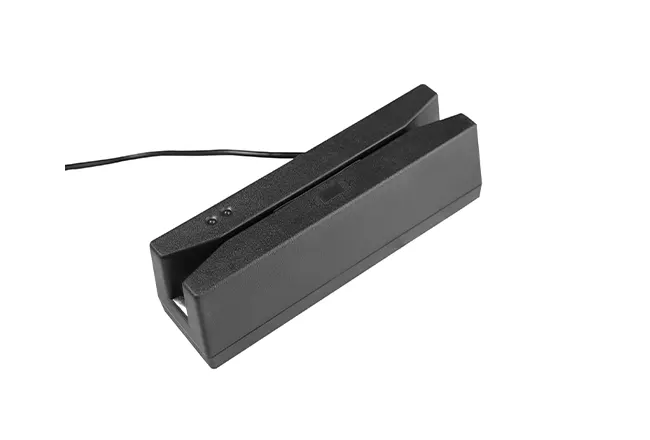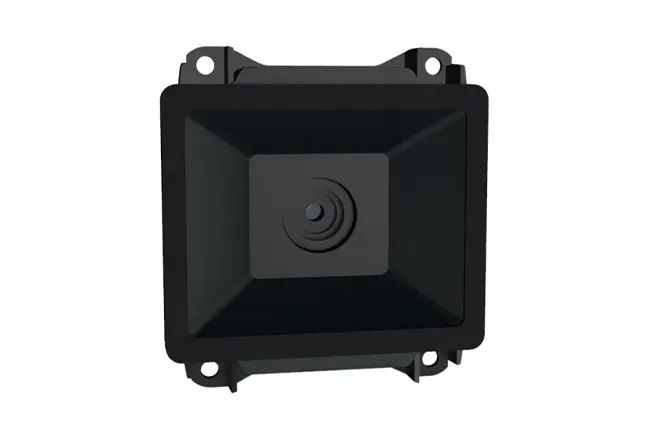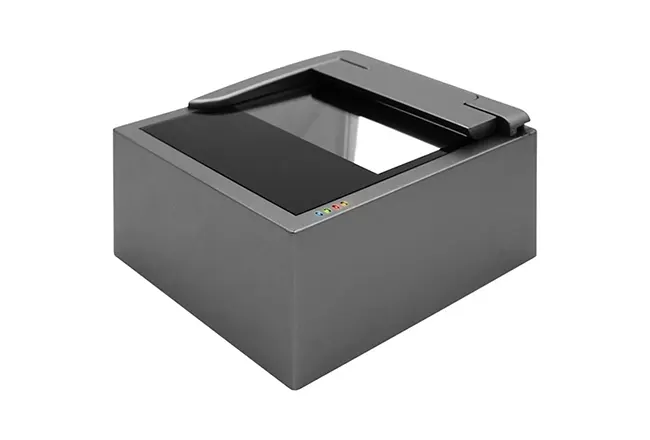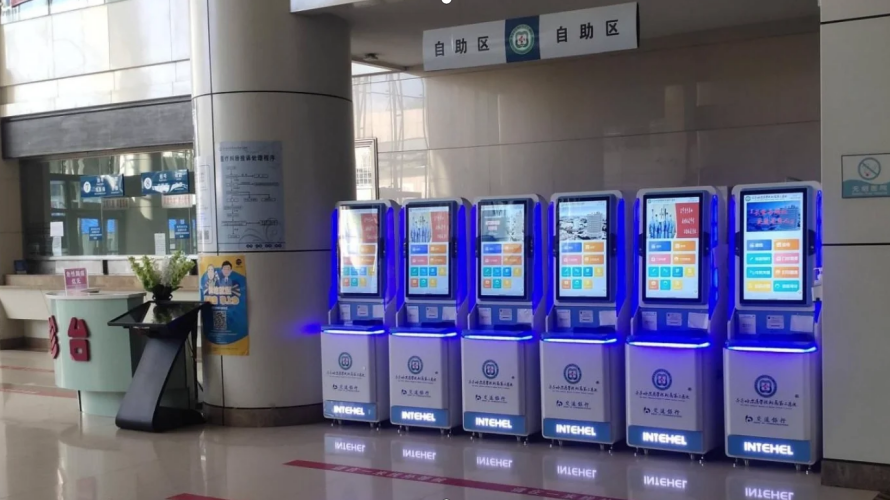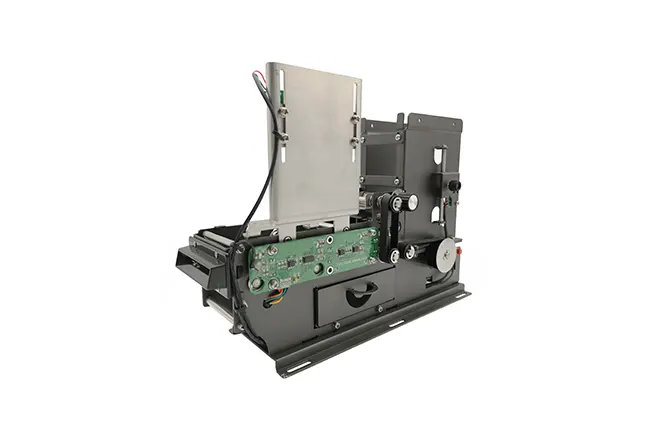Blog Related
How EMV Card Readers in ATMs Are Making Transactions Safer
2025-05-26In the space of a few years, the humble cash machine has gone from a simple convenience to a high-stakes target. Card-skimming rings, data breaches, and identity theft have all driven banks to rethink front-line defenses. That urgency is why the ATM EMV Card Reader has become the new standard. Unlike magnetic-stripe heads that read static data, an EMV chip generates a fresh, single-use cryptogram every time you insert the card. That one-time code thwarts cloning because there is nothing to copy after the transaction ends. Fraudsters who attach skimmers to older machines leave empty-handed when they face a chip slot instead of a stripe track.
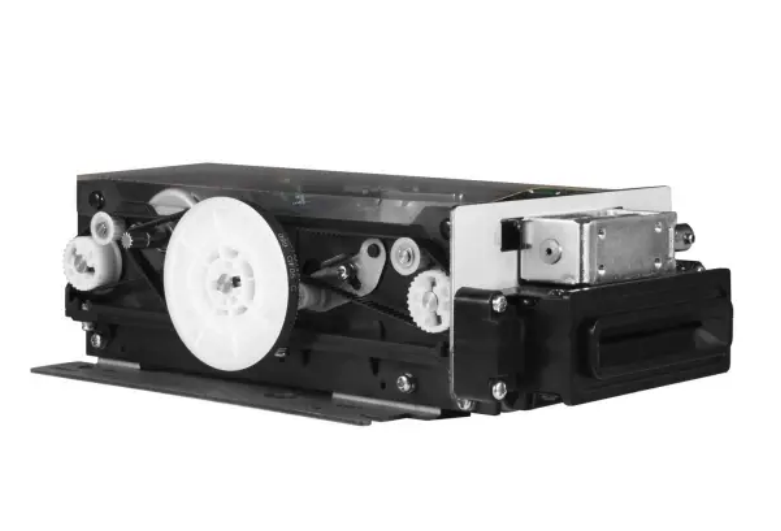
Longer term, the shift pays off for everyone: fewer chargebacks for merchants, lower fraud insurance for banks, and a smoother experience for cardholders who can trust that "Insert card” means actual protection, not just a new ritual. Governments on every continent now press acquirers to meet EMV deadlines, and major payment networks boost interchange fees for non-compliant terminals. The business case is no longer "should we upgrade?” but "how fast can we finish?”
•Key Takeaways at a Glance
•Magnetic stripes store fixed data, so one skim equals unlimited fraud.
•EMV chips create dynamic data, so each transaction is unique.
•Regulatory pressure and consumer trust both accelerate adoption.
An ATM EMV Card Reader is the cheapest layer of defense a bank can add at scale.
Inside the Technology: TTCE-M800 Sets a New Bar
The TTCE-M800 ATM EMV Card Reader represents a leap in reader architecture because it packs three distinct reading engines - IC chip, RFID contactless, and magnetic stripe - into one slim module. That versatility means a single slot can serve every customer, whether they tap, dip, or swipe, eliminating queues caused by "card not supported” errors. The chassis itself is modular: each sub-assembly (drive motor, sensor array, communications board) slides out on rails, so an on-site technician can swap a faulty part without detaching the reader from the ATM frame. Field data show a full motor replacement takes under ten minutes, minimizing down-time losses that once demanded overnight service calls.

Durability begins with the card path. Dual stainless-steel sidewalls form a rigid channel that prevents flexing, guides worn cards smoothly, and shrugs off dust or sand tracked into outdoor kiosks. A gasket-sealed bezel blocks paperclips, coins, and other foreign objects, while a motorized shutter only opens when firmware verifies an authentic card-type and voltage signature, frustrating common tampering probes. Should power fail mid-transaction, onboard capacitors trigger a graceful eject routine so the customer leaves with card in hand - and confidence intact.
Security extends past mechanics. Two independent PSAM slots house bank master keys inside epoxy-sealed chips that self-erase if breached, protecting PIN encryption and offline data-authentication keys. The main PCB incorporates surge suppression, over-current fuses, and conformal coating to withstand tropical humidity or metro-platform vibration. Firmware - digitally signed and held in secure flash - speaks ISO 7816, ISO 14443, and ISO 7811 protocols, allowing the reader to plug into ATMs, kiosks, ticketing gates, or smart lockers in more than forty countries without code rewrites. Integration teams appreciate the auto-detect I/O stack: USB and RS-232 appear by default, while an optional TCP/IP daughterboard adds network diagnostics for remote health checks and over-the-air firmware pushes. That future-proofing means the same reader installed today can support tomorrow's tap-to-cash upgrades or biometric second factors with a simple software flag.
•Why the TTCE-M800 Stands Out
✅Durable materials:heat-resistant plastics and steel rails for nonstop duty
✅Modular maintenance:swap a motor or sensor in minutes, not hours
✅Full compliance: EMV, PBOC, CE, ISO 9001 - cleared for global deployment
Looking Ahead
Security never stops evolving, and neither do the companies behind the hardware. Since 2001, Shenzhen Tianteng has filed more than 80 patents that push the envelope of card-reader design, from hotel locks to ticketing gates. Its vision is a smart ecosystem where every touchpoint - ATM, kiosk, turnstile, point-of-sale - shares secure, chip-based authentication. In that ecosystem, the ATM EMV Card Reader is not an add-on but the central gatekeeper.
Banks that deploy the TTCE-M800 report two immediate wins: lower skimming incidents and higher customer satisfaction scores. When users see the familiar chip slot, they know the institution invests in their safety. That trust translates into stronger brand loyalty and a willingness to adopt additional digital services offered at the same terminal - bill pay, cardless cash, even crypto buys.
The next frontier is contactless EMV at the ATM. Near-field antennas already sit inside the M800, waiting only for banks to turn on the feature. With tap-to-cash, the card stays in the customer's hand, eliminating the final opportunity for skimmers to strike. Combine that with biometric second-factor prompts - finger-vein pads or facial recognition cameras - and the cash machine becomes as secure as any branch counter.
The road map to safer banking
•Short term: blanket replacement of stripe-only heads with EMV units.
•Mid term: enable contactless EMV for faster, card-in-hand withdrawals.
•Long term: merge chip authentication with biometrics for two-factor ATM access.
Closing Words
As fraud techniques grow more sophisticated, choosing robust, certified hardware like the TTCE-M800 is not just prudent - it is essential. Upgrading now means less fraud loss, happier customers, and a future-ready network that can support whatever secure service comes next. The lesson is clear: invest in a smarter design today, and you gain stronger protection for every transaction tomorrow.

